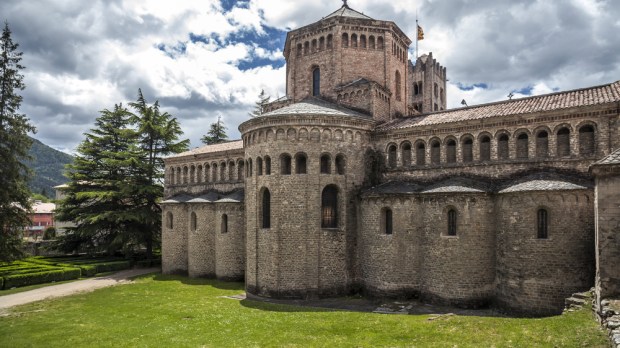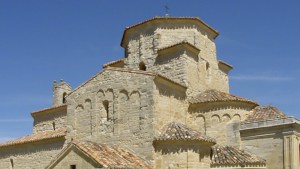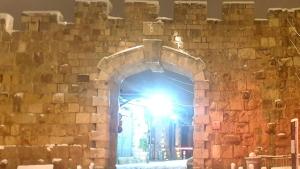To many, anything built between the Fall of Rome and the Renaissance falls under “medieval architecture.” This is but a too often repeated over-simplification. Anti-medieval prejudices born in the early 15th century and simple lack of interest are responsible for perpetuating the idea that no changes whatsoever occurred, whether in art, science, architecture or any other field, for more than ten centuries.
In his classic Renaissance and Renascences in Western Art, the noted German art historian Erwin Panofsky explained the 15th-century Italian Renaissance was preceded by other revivals of Greek and Roman antiquity, as important as the famed Quattrocento. The persistence of classical forms influenced everything, from lettering and decoration to architecture. All these back-to-Rome movements competed (and oftentimes blended) with Orientalizing (Byzantine, Constantinopolitan) tendencies on the one hand, and insular (Celtic, British) tendencies on the other.
The Romanesque was the first of two great inter-continental artistic (and theological, and philosophical, and scientific) eras that flourished in the Mediterranean during the Middle Ages. It was followed by the Gothic Era, which lasted from the mid-12th century to the end of the 16th century. Some historians claim one cannot really speak of Romanesque architecture properly until the 9th century, whereas others date it to at the very least the 7th century in Spain, France, Italy, the British Islands, and some German territories.
But it’s Roman, right?
Yes and no. The esque in Romanesque indicates it is not fully Roman, but a fusion of Roman, Carolingian, Byzantine, and even local traditions that can be distinguished in different local styles. Iberian and German Romanesques are not the same thing, for example. Whereas some of the most impressive examples of Romanesque art can be found in Spain and France, the style was predominant everywhere in Europe but particularly in areas in which an Eastern, Byzantine tradition was preserved (as in the case of Ravena, in southern Italy).
The expansion of Romanesque art was to a great extent a consequence of the growth of monasticism in the 10th and 11th centuries. Large monastic orders (Cistercian, Cluniac, and Carthusians mainly) sprang up at this time and quickly gained popularity and influence, establishing churches, monasteries, abbeys and other institutions (including monastic schools, which would soon evolve into universities) all over Western Europe. These buildings were much larger than previous ones, as they had to accommodate an always-increasing number of monks, and also grant access and hospitality to pilgrims. An old Roman structure made this possible.
The Roman arch
The construction of major Romanesque churches and abbeys was possible thanks to the incorporation of several typically Roman structures, the Roman arch in particular — hence, Romanesque. Used for windows, doors, and arcades, Roman arches were built one next to the other, forming a half-cylindrical vault over a rectangular space, and also as intersections that would support the roof of the main nave of the building, with massive piers and walls and very few windows to avoid empty spaces that could make the building collapse.
The use of these vaults and arches evolved into two basic church plans that expanded the early rectangular basilica, including lateral chapels, secondary naves, exterior arcaded walkways, and large transepts separating sanctuaries from the main nave of the church.




